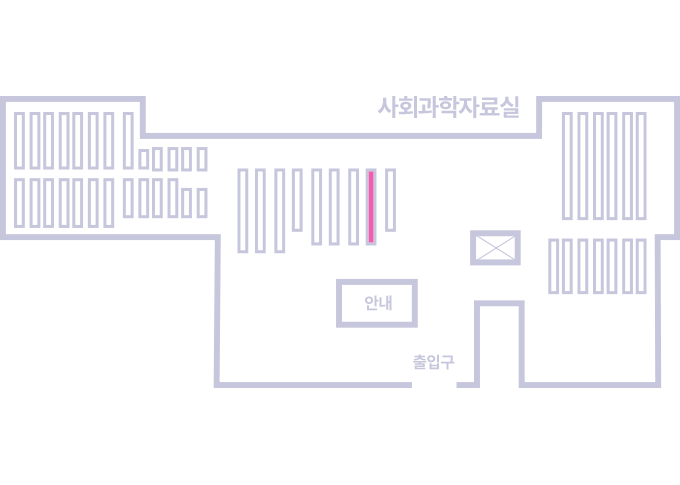권호기사보기
| 기사명 | 저자명 | 페이지 | 원문 | 기사목차 |
|---|
| 대표형(전거형, Authority) | 생물정보 | 이형(異形, Variant) | 소속 | 직위 | 직업 | 활동분야 | 주기 | 서지 | |
|---|---|---|---|---|---|---|---|---|---|
| 연구/단체명을 입력해주세요. | |||||||||
|
|
|
|
|
|
* 주제를 선택하시면 검색 상세로 이동합니다.
표제지
목차
Ⅰ. 서론 9
1. 연구의 필요성 9
2. 연구목적 14
3. 연구 가설 14
4. 연구의 제한점 15
Ⅱ. 이론적 배경 16
1. 운동선수와 경쟁상태불안의 관계 16
1) 스포츠에서 경쟁상태불안의 개념 16
2) 경기력과 경쟁상태불안의 관계 17
2. 심상 18
1) 심상의 개념과 분류 18
2) 스포츠에서 심상의 활용 18
3) 심상과 정서의 관계 19
3. 안구운동 민감소실 재처리 요법(eye movement desensitization and reprocessing) 20
1) EMDR의 배경과 효과 20
2) EMDR의 8단계 과정 21
3) 양측성 안구운동의 효과 23
4) 스포츠와 관련된 EMDR 선행연구 25
4. 운동선수의 경쟁불안에 관한 신경생리학적 연구 26
5. 기능적 근적외선 분광법(Functional Near-Infrared Spectroscopy)을 활용한 신경생리학적 연구 27
Ⅲ. 연구 방법 29
1. 연구 대상 29
2. 실험 도구 34
1) 면담 지침 34
2) 경쟁상태불안검사지(CSAI-2) 34
3) 스포츠심상능력질문지(Sports Imagery Ability Questionnaire, SIAQ) 35
4) 양측성 안구운동 프로그램 35
5) 기능적 근적외선 분광 분석(fNIRS) 36
3. 실험 과제 40
4. 실험 절차 42
5. 실험 설계 43
6. 자료 분석 및 통계분석 44
Ⅳ. 연구 결과 45
1. 전전두엽 활성화 차이 45
(1) 경쟁불안에 따른 전전두엽 활성화 차이 47
(2) 양측성 안구운동 프로그램 적용 사전-사후 결과 53
(3) 양측성 안구운동 프로그램 시간 흐름에 따른 전전두엽 활성화 차이 59
Ⅴ. 논의 72
1. 면담내용분석 73
2. 전전두엽 활성화 75
(1) 경쟁불안에 따른 전전두엽의 활성화 75
(2) 양측성 안구운동 프로그램에 따른 전전두엽의 활성화 변화(사전-사후) 77
(3) 양측성 안구운동 프로그램 회기에 따른 전전두엽의 활성화 80
3. 종합 논의 80
Ⅵ. 결론 및 제언 82
1. 결론 82
2. 제언 84
참고문헌 86
ABSTRACT 101
부록 103
그림 1. 양측성 안구운동 프로그램 36
그림 2. NIRSIT기기 및 기기 착용 37
그림 3. NIRSIT의 채널 위치와 해부학적 영역 38
그림 4. 실험 준비 및 과제수행 장면 40
그림 5. 과제구조 및 절차 41
그림 6. 실험 세부절차 42
그림 7. 기저선-사전심상 헤모글로빈 시계열 그래프(위: 기저선, 아래: 사전심상) 50
그림 8. 기저선-사전심상 activation mapping 2D(위: 기저선, 아래: 사전심상) 51
그림 9. 기저선-사전심상 activation mapping 3D(위: 기저선, 아래: 사전심상) 52
그림 10. 사전심상-사후심상 헤모글로빈 시계열 그래프 (위: 사전심상, 아래: 사후심상) 56
그림 11. 사전심상-사후심상 activation mapping 2D (위: 사전심상, 아래: 사후심상) 57
그림 12. 사전심상-사후심상 activation mapping 3D (위: 사전심상, 아래: 사후심상) 58
그림 13. 양측성 안구운동 프로그램 시 회기별 시계열 그래프 66
그림 14. 양측성 안구운동 프로그램 회기별 activation mapping 2D 67
그림 15. 양측성 안구운동 프로그램 회기별 activation mapping 3D 71
그림 16. 기저선-사전심상 브로드만영역 별 활성화 차이 76
그림 17. 사전심상-사후심상 브로드만영역 별 활성화 차이 78
The purpose of the present research was to test the effect of EMDR on anxiety control in athletes. Participants were 8 college athletes. The researcher finally selected 8 research participants through pre-interviews and pre-tests.
The purpose of the study is that the difference of the activation of the prefrontal cortex is made clear in order to know the ability for EMDR to influence the anxiety control. To achieve it, eight college athletes participated in the study. Obelab fNIRS, instrument, and Matlab, software, were used for the experiment. The study was measured in chronological order, which means that base line, pre-imagery, bilaterality eye movement program, post-imagery, one after another, are progressed. The results of each task are as follows.
First, the result of using imagery to cause anxiety was that the overall activation of the prefrontal cortex is decreased.
Second, adjusting the eye movement program cause the activation of the right prefrontal cortex to be decreased in pre-imagery and post-imagery.
Finally, when each time of the bilaterality eye movement is measured, we can identify the result that the right prefrontal cortex is activated.
This result shows that EDMR can quickly reprocess into the positive metal status the negative one caused by the negative memory about anxiety. This study shows the possibility that EDMR can be used when adjusting the unexpected anxiety which happens during the specific situation, sports.*표시는 필수 입력사항입니다.
| 전화번호 |
|---|
| 기사명 | 저자명 | 페이지 | 원문 | 기사목차 |
|---|
| 번호 | 발행일자 | 권호명 | 제본정보 | 자료실 | 원문 | 신청 페이지 |
|---|
도서위치안내: / 서가번호:

우편복사 목록담기를 완료하였습니다.
*표시는 필수 입력사항입니다.
저장 되었습니다.